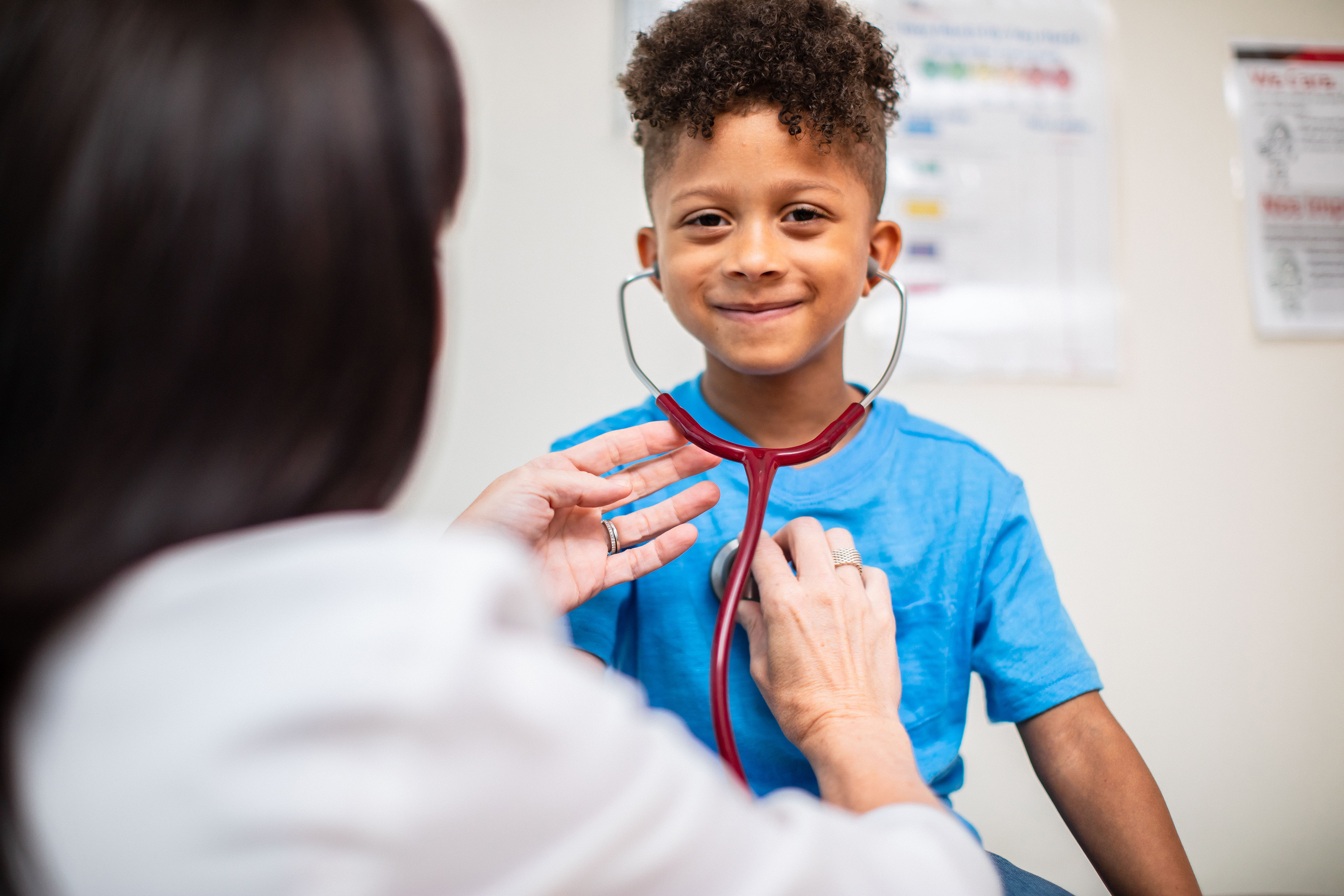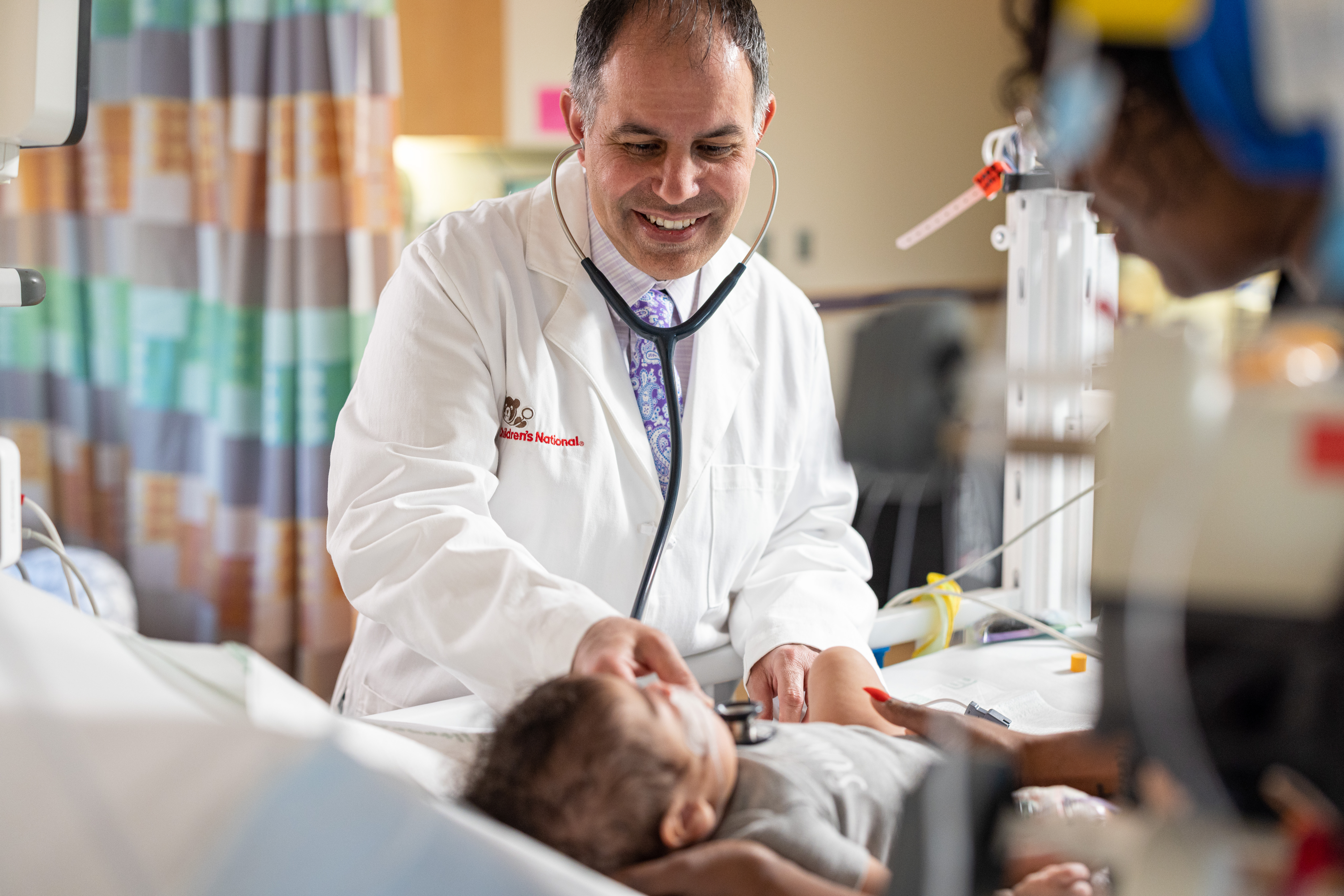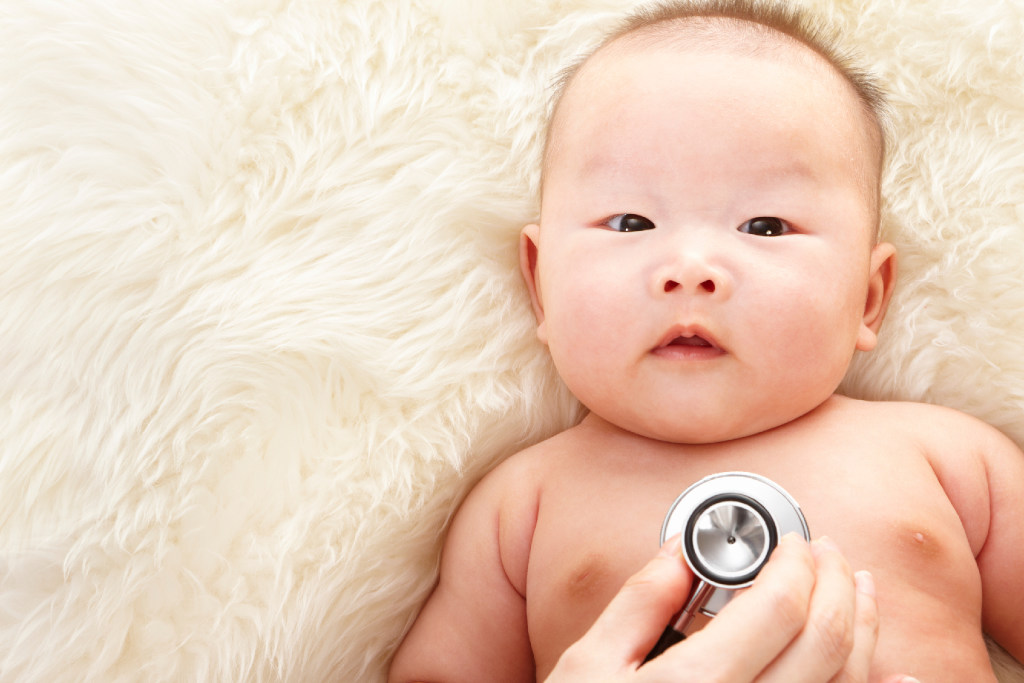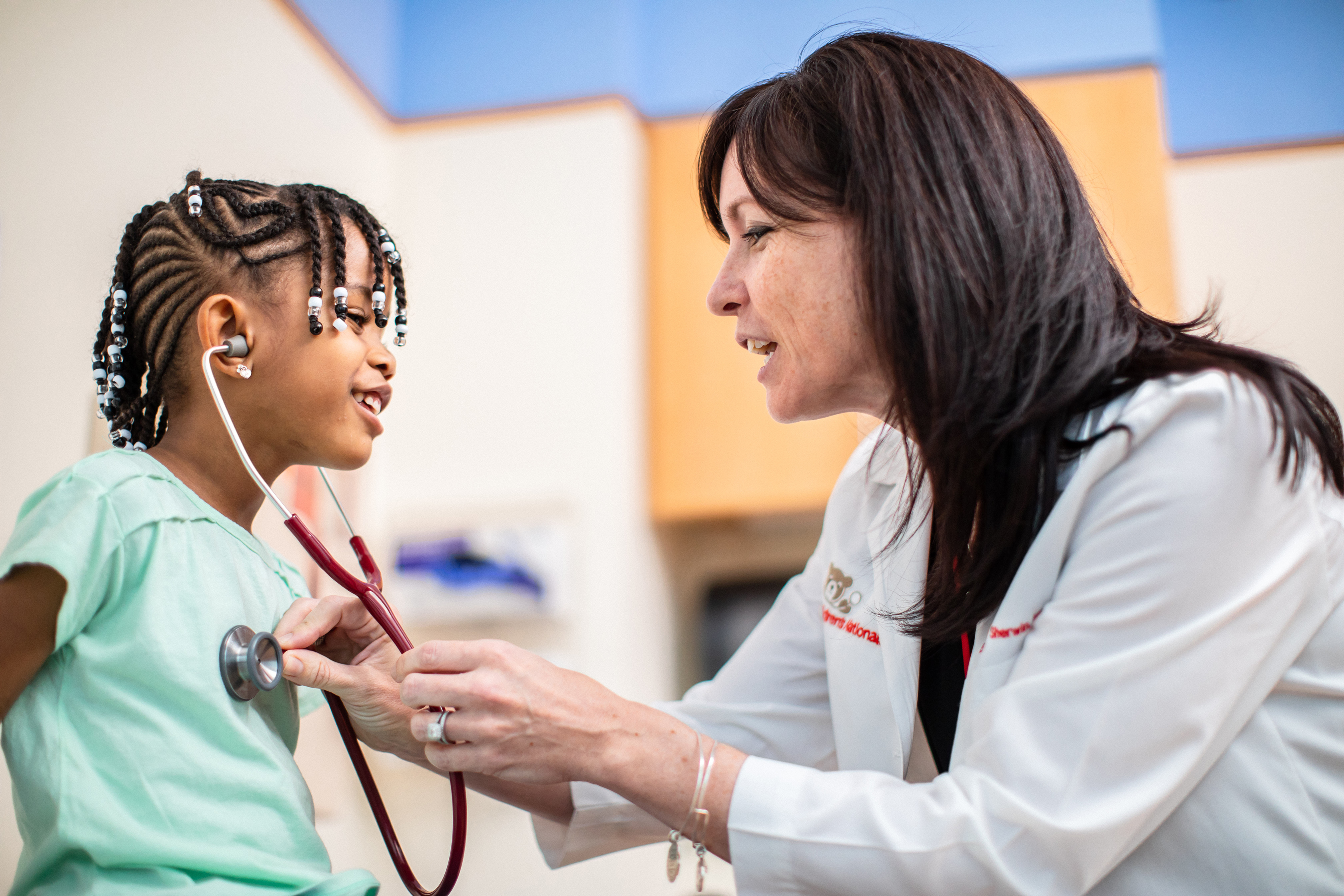Treatment
Pediatric Echocardiography
What is echocardiography?
An echocardiogram is a test that uses sound waves (ultrasound) to create images of the heart. A Doppler test uses sound waves to measure the speed and direction of blood flow. By combining these tests, a pediatric cardiologist gets useful information about the heart’s anatomy and function. Echocardiography is the most common test used in children to diagnose or rule out heart disease and also to follow children who have already been diagnosed with a heart problem. This test can be performed on children of all ages and sizes including fetuses and newborns.
Echocardiography diagnoses cardiac problems, and also guides heart surgery and complex cardiac catheterizations. Children’s developed one of the first digital echocardiography laboratories in the world and remains a leader in the development of new technologies to optimize patient care. Our digital echocardiography laboratory makes it seamless for physicians throughout the region, country, and world to instantly send Children’s cardiologists echocardiograms for review 24/7 from any computer.
Many types of specialized echocardiography services are offered, including:
- Transesophageal echocardiography
- Intracardiac echocardiography
- Prenatal Cardiology Program
- Three-dimensional
- Tissue Doppler imaging
- Adult congenital heart disease
- Cardiac resynchronization evaluation
- Carotid artery vascular imaging
- Stress echocardiography
The team also provides advanced connectivity services, such as digital echocardiography and tele-echocardiography.
Frequently Asked Questions
What problems can echocardiography diagnose in children?
How is an echocardiogram performed for children?
What are the different types of echocardiogram in children?
Does an echocardiogram for children hurt?
Does an echocardiogram for children harmful to their health?
Meet the Providers Who Treat Echocardiography
Departments that Offer Echocardiography
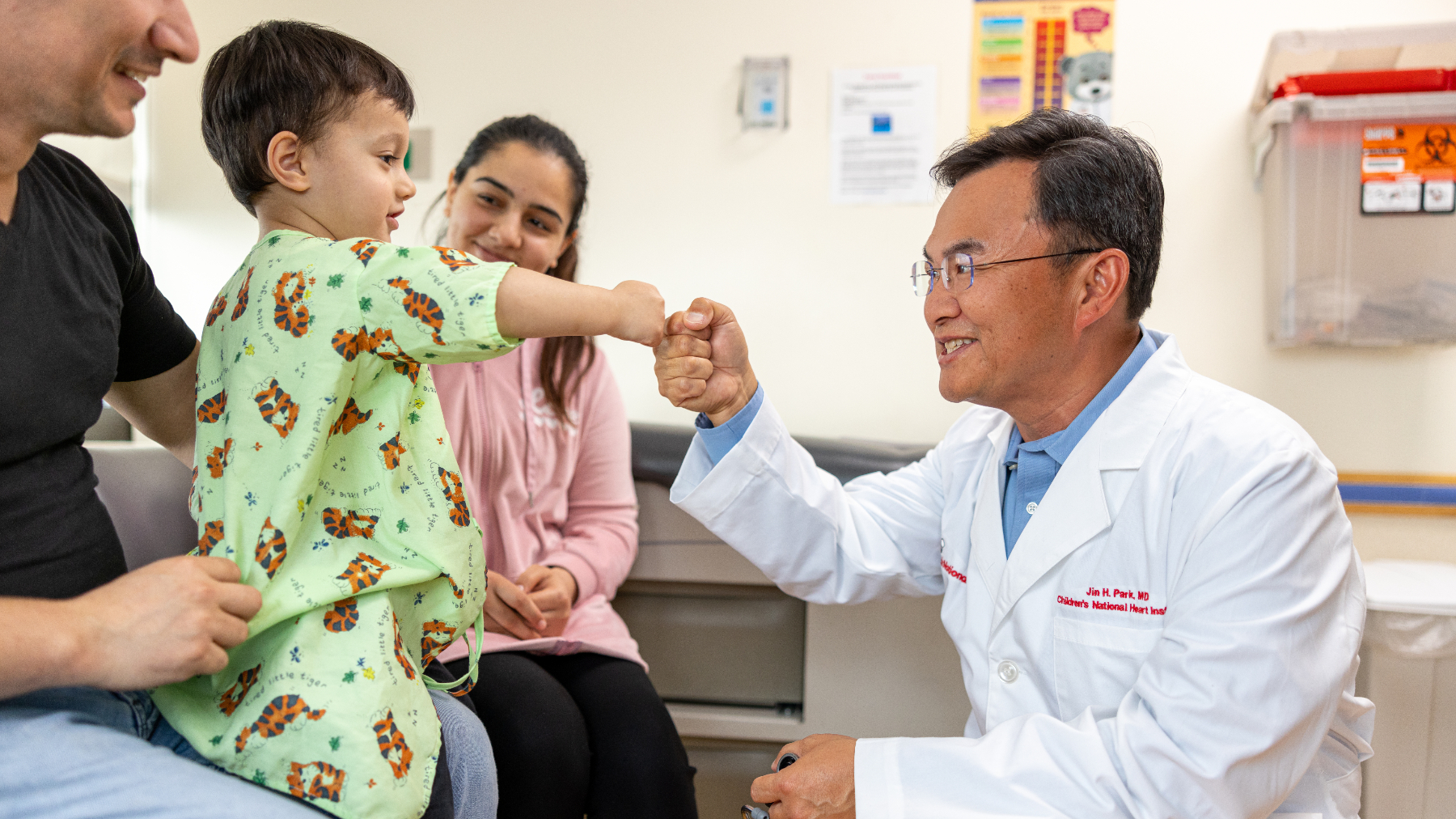
Heart and Lung Center
Our expert pediatric heart team, including more than 40 subspecialties, offer advanced heart care and excellent outcomes for thousands of children every year.

Help Kids and Make a Difference
Invest in future cures for some of life's most devastating diseases. Give today to help more children grow up stronger.




